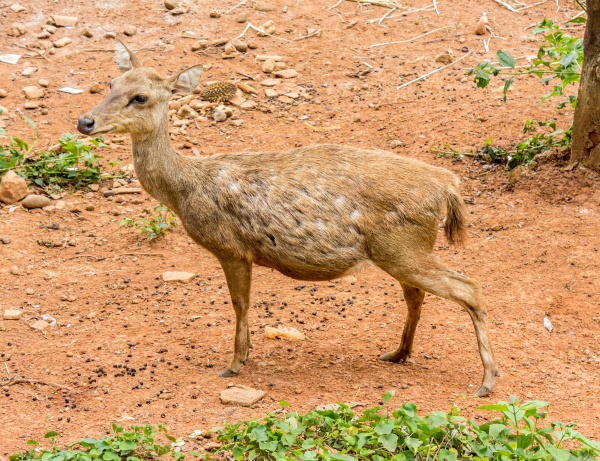Facts About Javan rusa
The Javan rusa, also known as the Sunda sambar, is a species of deer native to Indonesia and East Timor. Over time, they have been introduced to various regions in the Southern Hemisphere. There are seven recognized subspecies of the Javan rusa, each inhabiting different areas such as Timor, Bali, Java, and other nearby islands.
These deer are easily identifiable by their large ears, tufts of hair above their eyebrows, and distinctive lyre-shaped antlers. Males are typically larger than females, weighing between 152-160 kg, while females weigh around 74 kg. Their fur is grayish-brown, and unlike many other deer species, Javan rusa fawns are not born with spots.
Javan rusa prefer habitats such as open dry forests, parklands, and savannas. Thanks to human intervention, they have adapted to various new environments across different islands and countries. They are most active early in the morning and late in the afternoon. These social creatures communicate through loud honking sounds, especially when they sense danger.
In terms of diet, Javan rusa primarily consume grass, leaves, and fallen fruits. They obtain all the fluids they need from their food, thus they do not require separate water sources. Their main predators include the Javan leopard, dholes, crocodiles, pythons, and the Komodo dragon.
The breeding season for Javan rusa occurs around July and August. During this period, males compete for mates using vocalizations and antler battles. Females usually give birth to one or two fawns after an 8-month gestation period, typically in the spring. The fawns are weaned at around 6-8 months, and they reach sexual maturity at 3-5 years old. Javan rusa can live for 15-20 years in both the wild and captivity.
